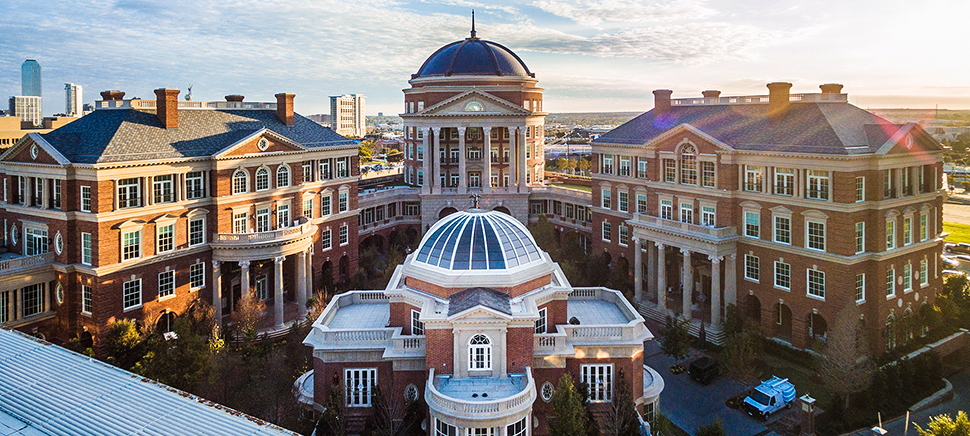TRANSFORMING OUR BUILT ENVIRONMENT
In anticipation of this blog, I started thinking about exactly what was “innovation.” Of course it is often a new method or idea that can revolutionize –- be it a tool or a process, it is commonly applied to technology these days.
Innovation is much more than that.
Social innovation can transform the way we look at the world –- and disruptive innovation, in its truest sense, can turn what we know on its head in favor of something that was never thought possible. Innovation can be simple or complex. The one common factor is that when it succeeds, it is elegant.
In the world of real estate, ‘adaptive reuse’ is a good example.
Although reuse and redevelopment has been around forever, there are good examples, bad examples – and innovative examples. Putting a public use on the vacant ground floor of an office building or even converting a large property into mixed-use by adding a hotel and/or apartments is not what I’m talking about. Those are the easy deals that do not revolutionize.
In contrast, innovative adaptive reuse (hey, there’s an opportunity to coin a new industry term, IAR) completely re-visions an asset.
One excellent example on which my organization, JLL, worked was the Zappos headquarters in Las Vegas. Rather than take the easy path and move into the suburbs, Zappos took downtown’s old city hall and jail and created a 275,000-square-foot Class A office building, which is serving as a catalyst for change in the blighted neighborhood. This is innovative adaptive reuse.
In DFW, even though we tend to build new buildings to accommodate our growth, there are good examples of this kind of progressive thinking.
In our urban core, the Old Parkland has been redeveloped. This property, built in the early 1900s, had fallen into complete disuse. Rather than bypass this crumbling icon, Harlan Crow’s recognition of the stellar location, combined with his vision saved the property and innovatively re-purposed it into an exemplary office park –- retaining the best of the old and reinvigorating it with the new.
This kind of progressive thinking is also taking place in the suburbs.
Today, few would recognize the nearly 50-year old, former Blue Cross and Blue Shield of Texas headquarters in Richardson. The existing, well located campus comprised two separate buildings of more than 500,000 square feet. After extensive demolition and reconfiguration into a single structure, the property was redeveloped into Fossil’s new headquarters in 2010.
More recently, Granite Properties is nearing completion on Factory Six03 in Dallas’ historic West End. Like the other examples, Granite was able to see beyond the façade and preserve this historic asset and adapt the 102-year old factory building into a state-of-the-art facility to appeal to potential technology tenants seeking unique space.
So, what is the common theme here? It is “innovation.”
Innovation in the way we think about our built environment. Innovation in how we strategically use our limited space. While DFW’s growth will continue to push into the suburbs, we will also see infill development and densification to accommodate that growth in the years ahead, and innovative adaptive reuse will help not only preserve the best of what we have, but elegantly transform it.
Follow Walter Bialas on Twitter @wbialas.
For a daily dose of what’s new and next in Dallas-Fort Worth innovation, subscribe to our Dallas Innovates e-newsletter.
































